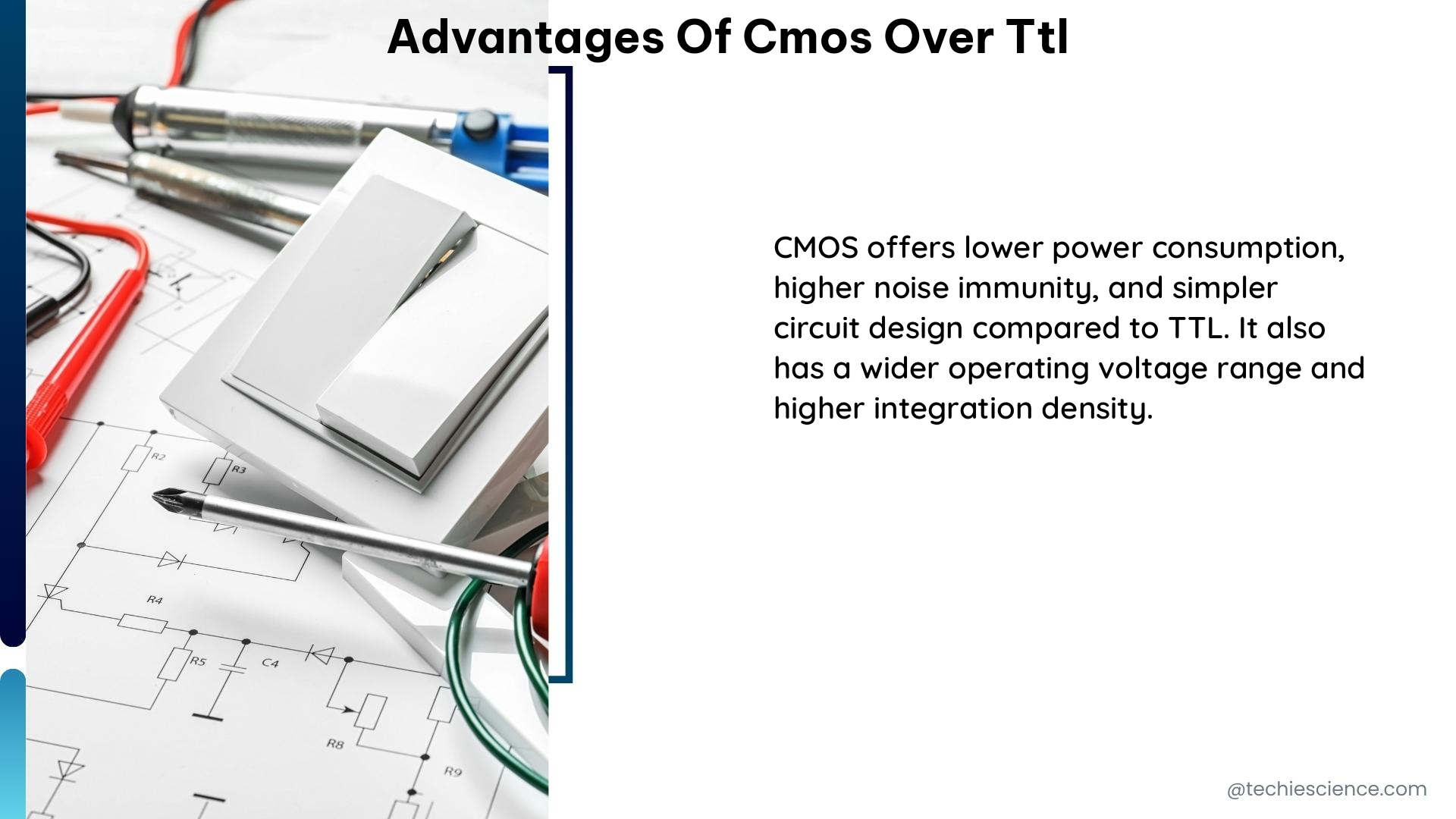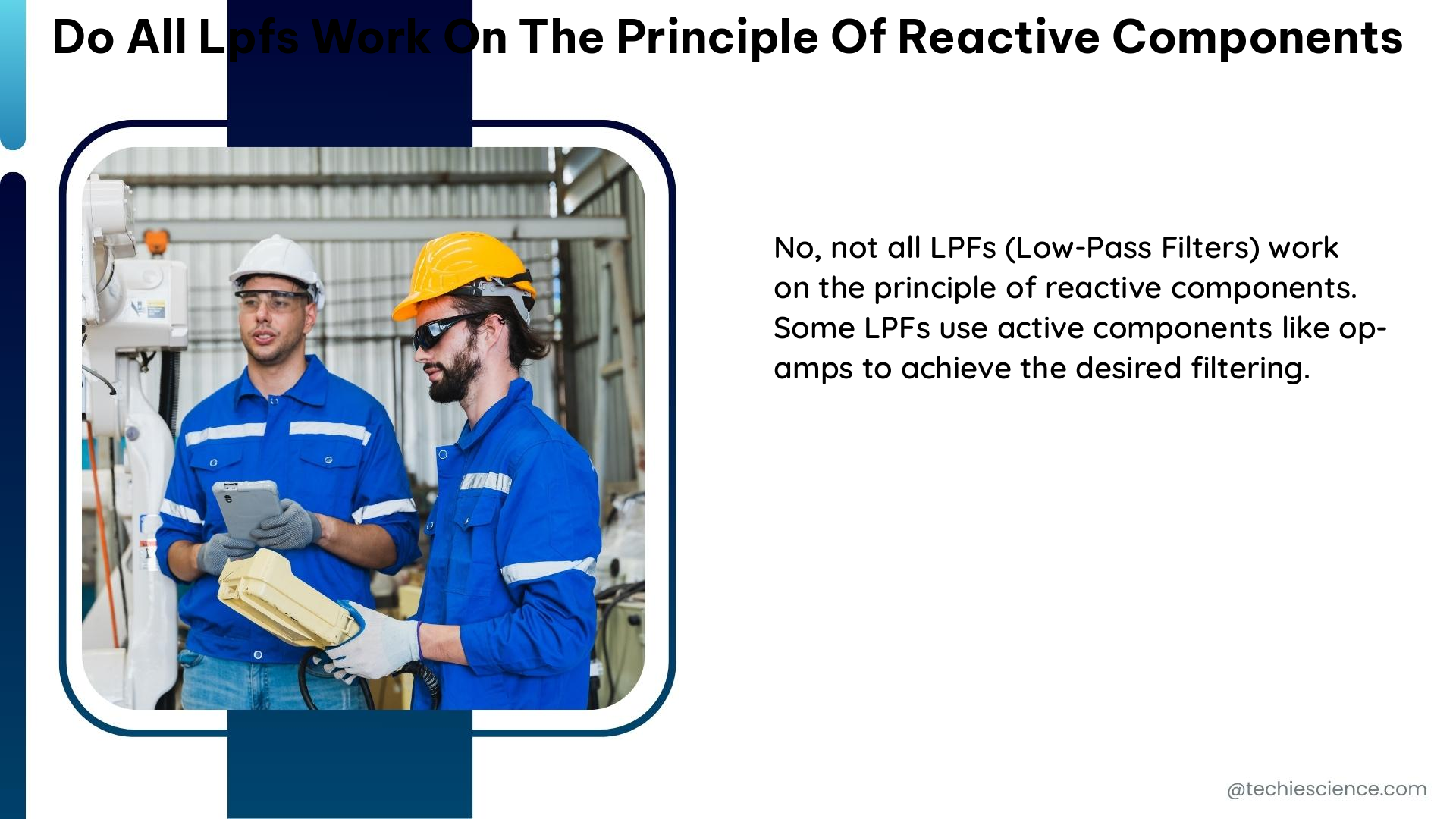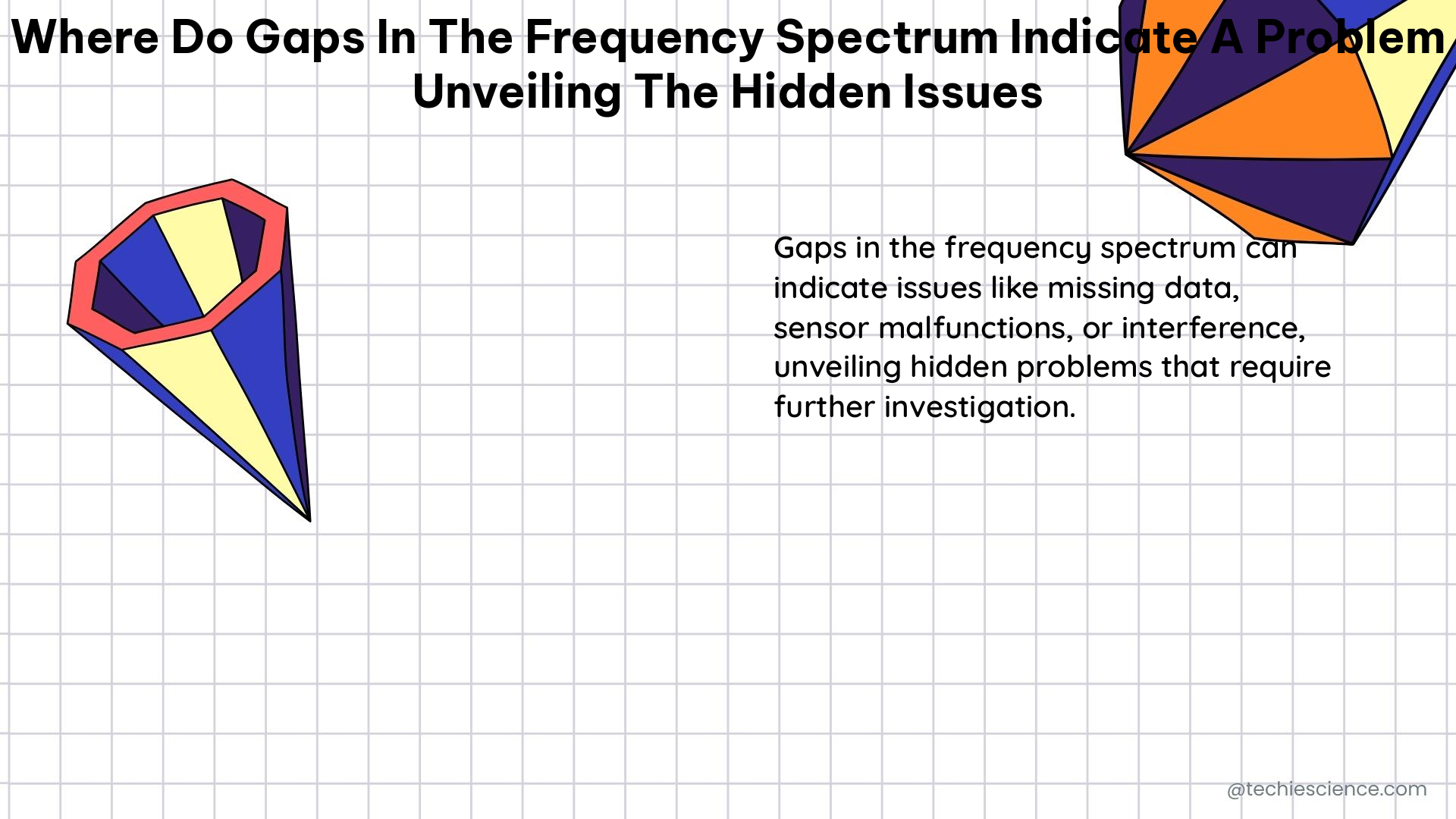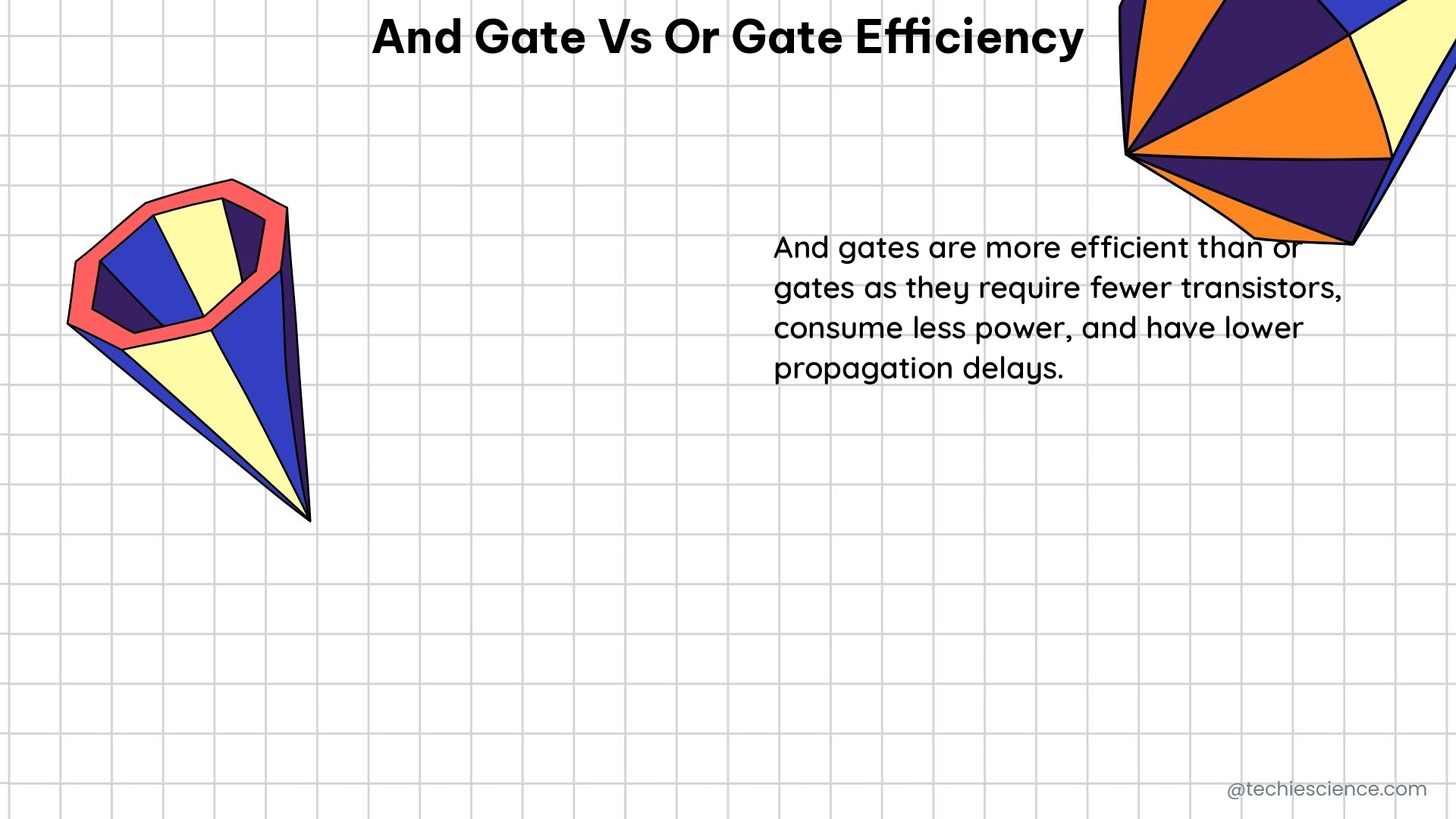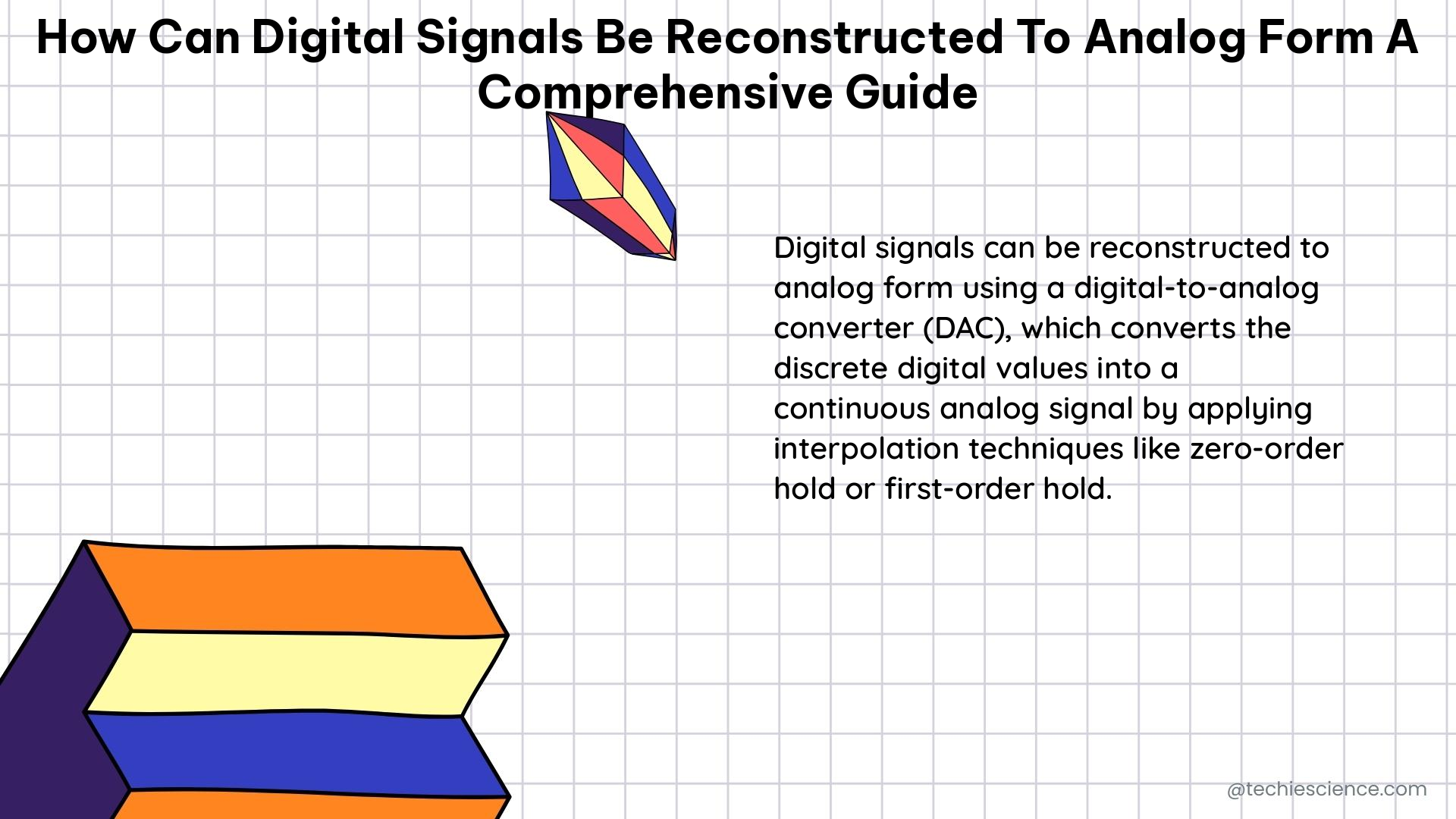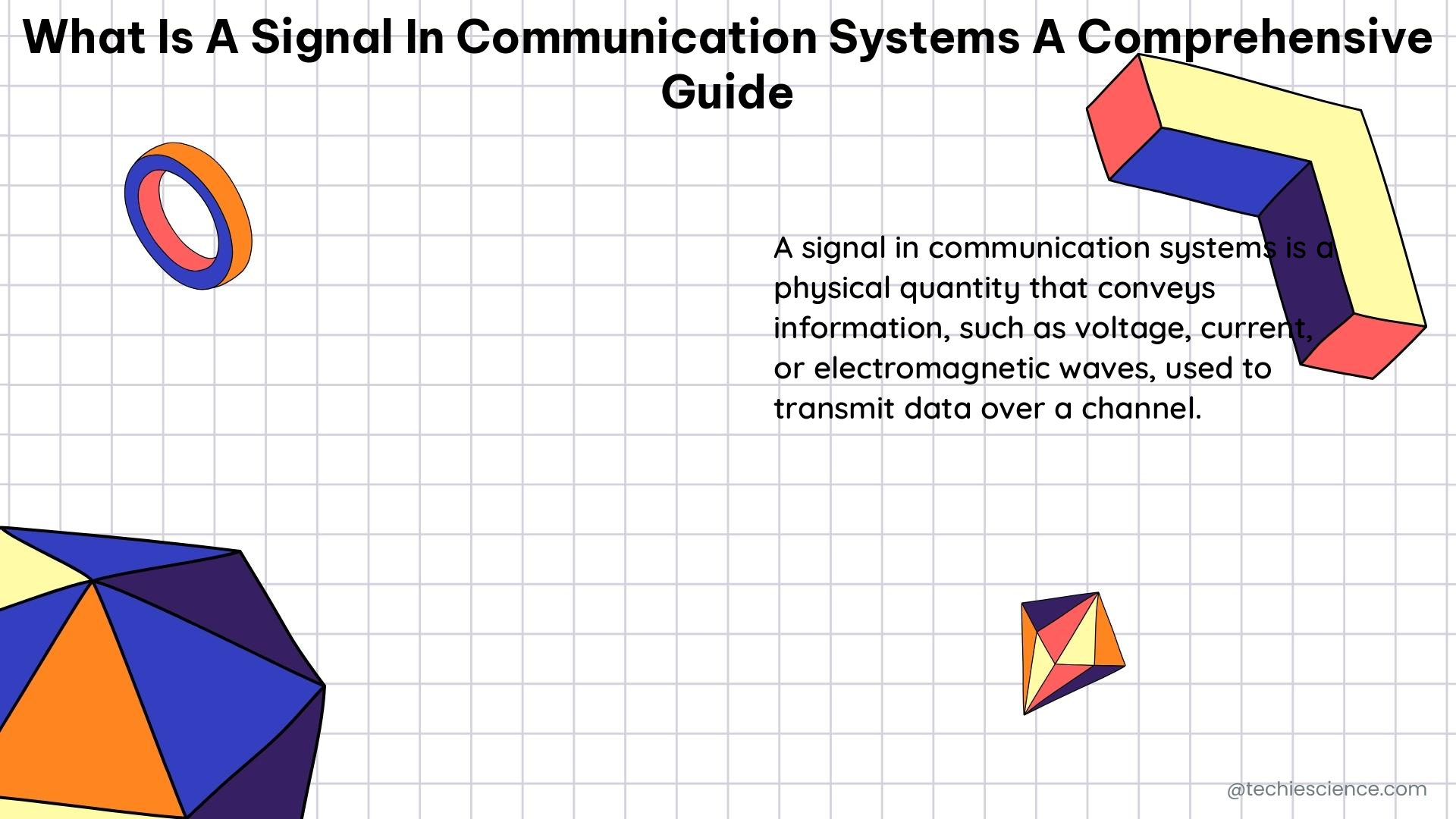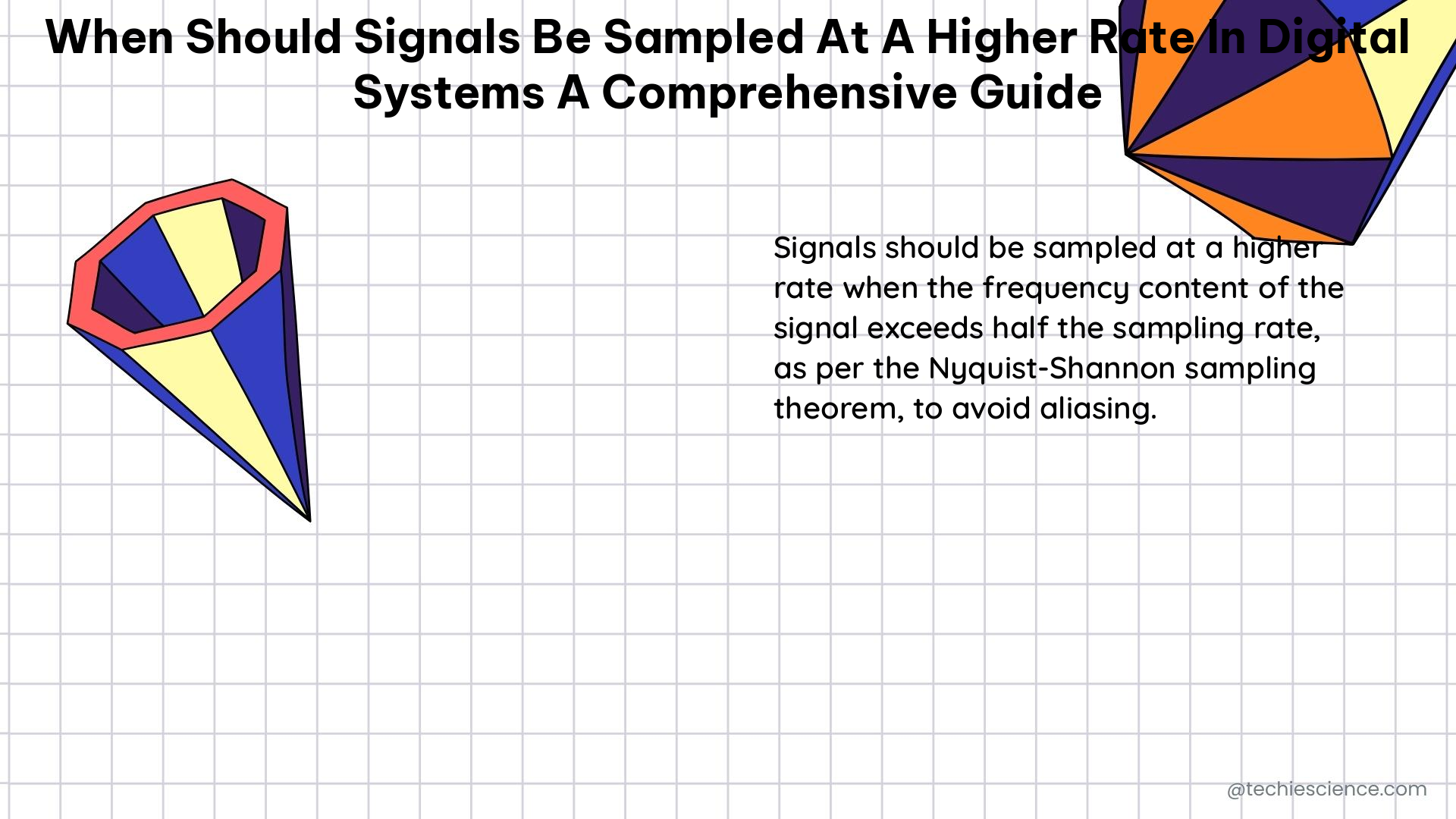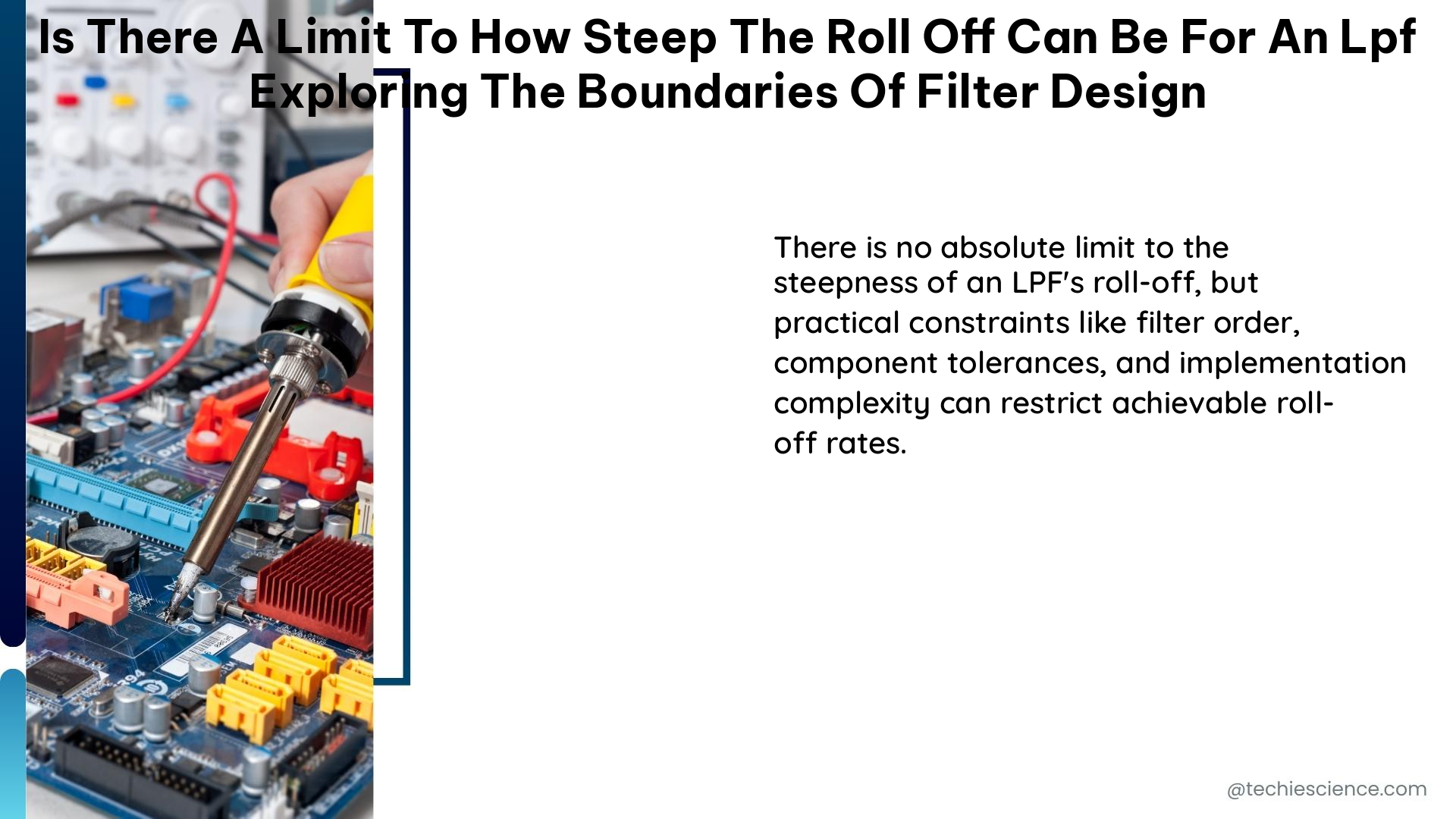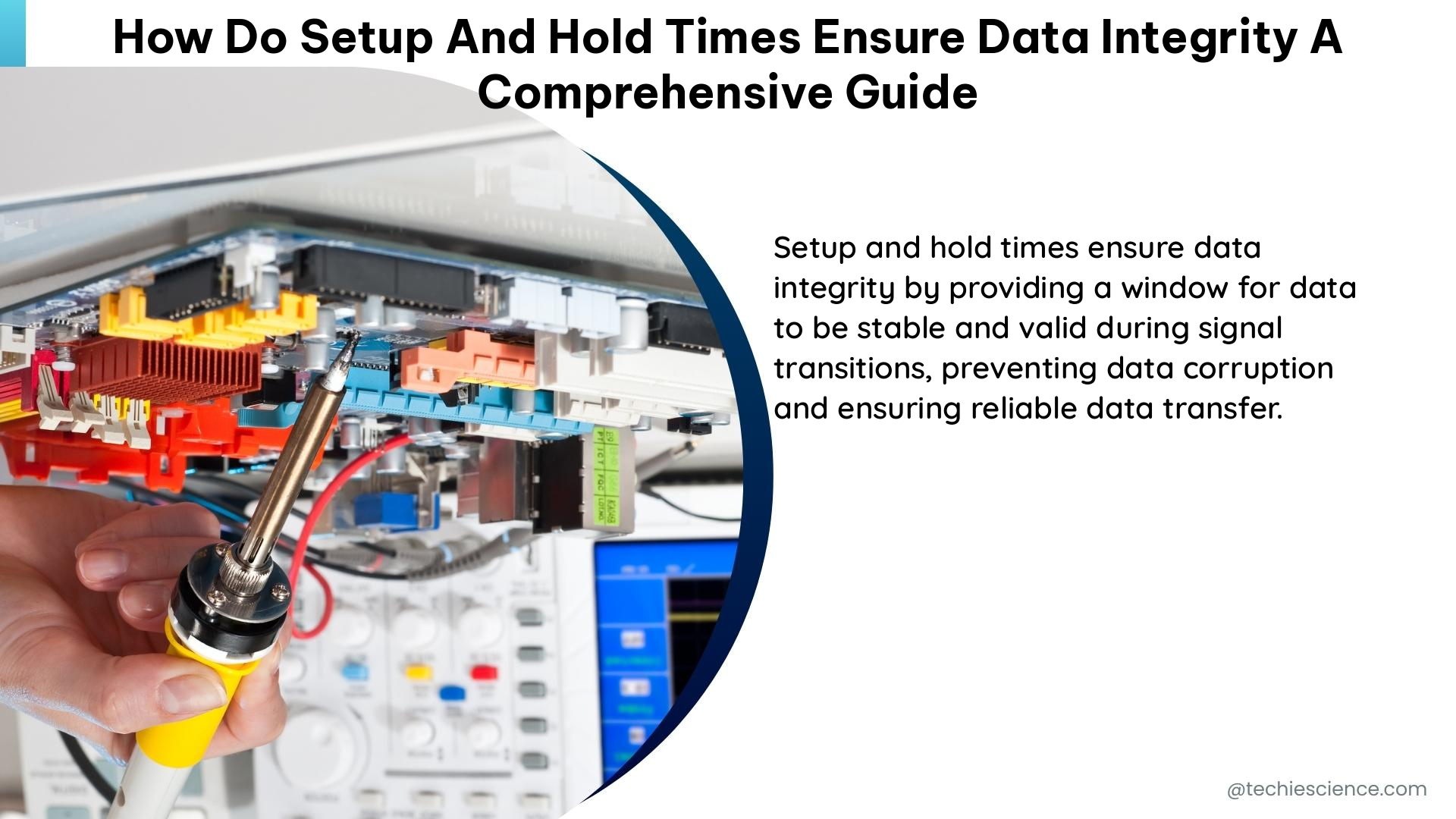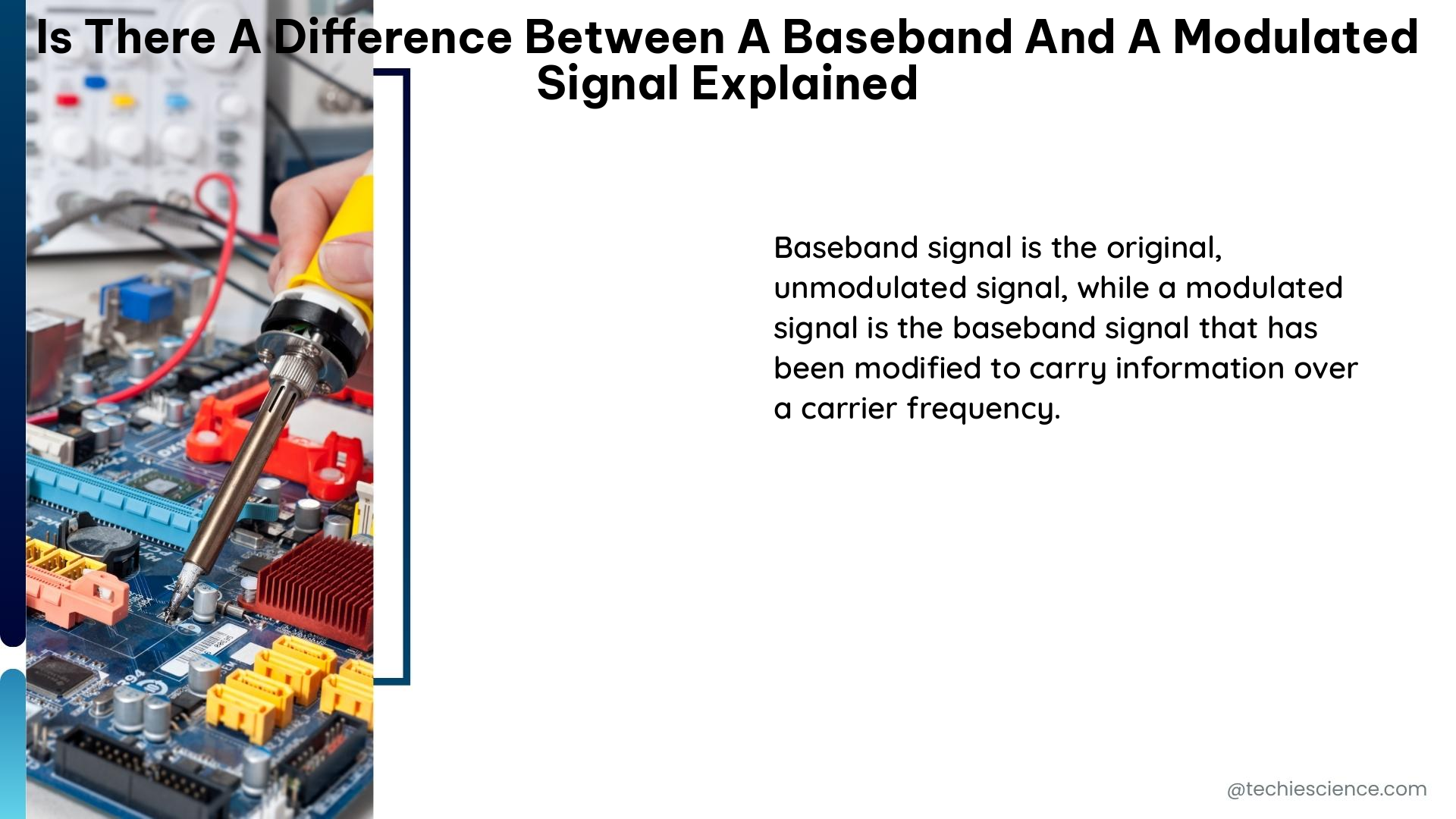Advantages of CMOS over TTL: A Comprehensive Guide for Electronics Students
CMOS (Complementary Metal-Oxide-Semiconductor) and TTL (Transistor-Transistor Logic) are two of the most widely used digital logic families in electronic circuits. While both have their own strengths and weaknesses, CMOS technology has several distinct advantages over TTL that make it a preferred choice in many applications. In this comprehensive guide, we will explore the key advantages … Read more
